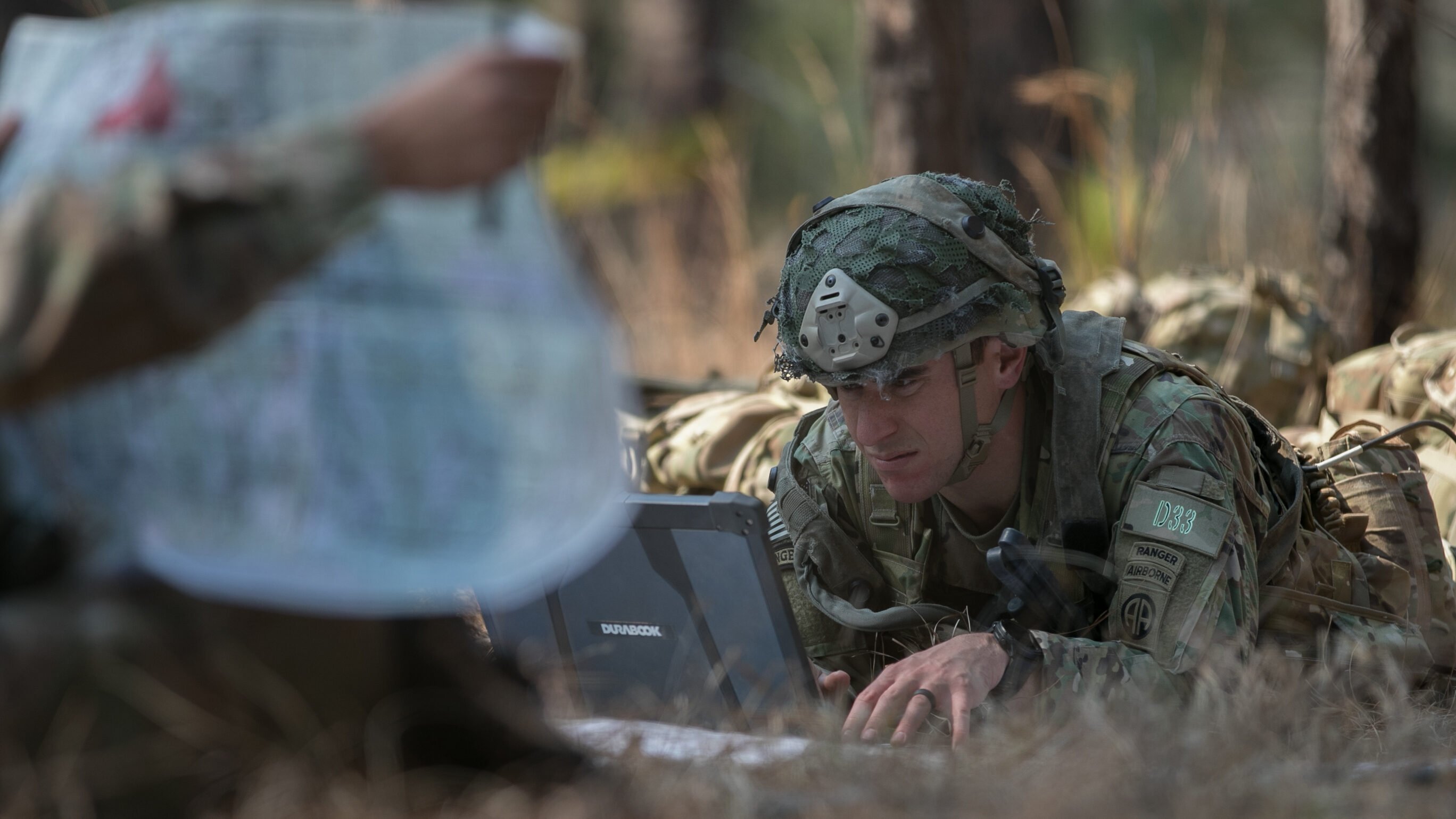ANDREW EVERSDEN

WASHINGTON: The Army’s effort to modernize its networks to prepare for future wars is a “continuous journey” that requires the flexibility to add emerging technologies, the general leading the effort said this week.
“What we need to realize is it’s never going to stop,” Lt. Gen. John Morrison, the deputy chief of staff for the G-6, said on a webinar hosted by GovExec. “This is going to be a continuous journey because the explosion of information technologies is only accelerating on us. And we need to be adaptive and set a foundation that allows us to continuously innovate over time so that we can bring in new capabilities as they emerge in a relatively seamless fashion and not get stuck to ‘I’m going from one capability to another capability and I’m on a seven year journey to get there.’”
Morrison is leading an effort to unify the Army’s enterprise and tactical networks to position the service’s digital architecture for multi-domain operations, in which the Army runs operations across the warfighting domains.
The G-6 office, which Morrison leads, is working on a unified network strategy designed to outline how the service plans to get a seamless connection between the battlefield networks of a brigade combat team and the enterprise network in a more stable environment. It’s a necessary effort, Army officials have continuously said, because a brigade’s battlefield network won’t be able to fire artillery over thousands of miles or launch cyber effects against the enemy. That all requires connection back to the enterprise.
Before the Army begins to add emerging technologies like artificial intelligence, which will be critical piece of data processing on the battlefield for both multi-domain operations and the Pentagon’s larger Joint All-Domain Command and Control, Morrison said the Army can improve its current network.
“The first thing we need to do is optimize the network that we have,” he said. “There’s a lot of things that we’ve done with previous investments inside the Army where we can make the network operationally better just with what we have. It is literally just making sure we have the right technical implementations to drive forward. Then aligning our modernization pieces.”
In its fiscal year 2022 budget request, the service asked for about $2.7 billion for its network modernization efforts, more than $500 million more than its FY21 enacted budget.
The service is also trying to be more “ruthless” with its divestments, Morrison said, so it’s not adding improved IT capabilities while maintaining similar older ones. Maj. Gen. Maria Barrett, commanding general of Army Network Enterprise Technology Command, said that one of the lessons learned from the COVID-19 pandemic is to resist investing in legacy IT systems.
Early in the pandemic when the Pentagon were scrambling to establish network tools to enable mass telework, Barrett said vendors offered legacy solutions, which she decided to “resist investing” in as the Pentagon was preparing to roll out the Commercial Virtual Remote Environment, its Microsoft 365 telework solution.
“I’d like to see us really take the momentous changes that we have done through COVID. And really keep that change cycle, and really condition people to be adaptive, with new technologies that are going to continue to come at them” Barrett said. “I don’t see this slowing down.”
No comments:
Post a Comment